7 Reasons Why Your QR Code Is Not Working
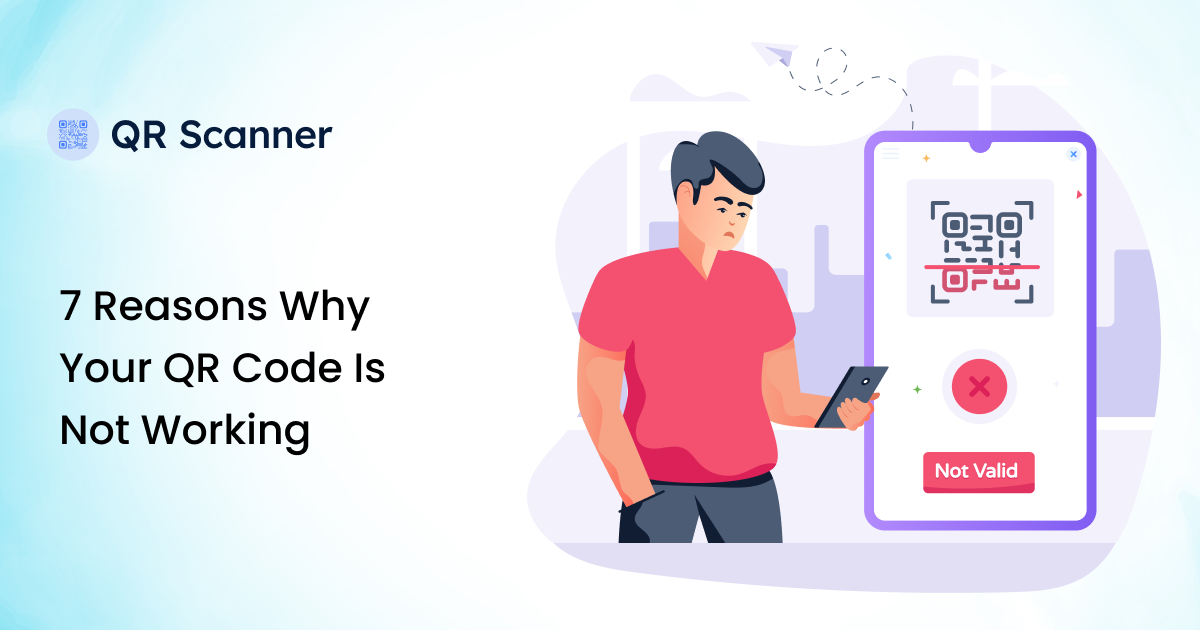
QR codes are an accessible and interesting tool for businesses, advertisers, and individuals. They allow them to share information with others in a unique and memorable way.
This is why you will find QR codes in many places. Ads, posters, websites, and even information boards use QR codes today. However, as many benefits as they provide, they can fail.
Today, we will learn seven reasons why QR codes can fail and how you can avoid those failures.
7 Reasons Why Your QR Code is Not Working
Here are some common reasons your QR codes may not work when scanned. If you can fix them, your QR codes will become more reliable.
1. Inverted Colors of QR Code
Sometimes, your web page, ads, and poster designs will feature dark colors more prominently. So, your designer may want to invert the colors of your QR code to make it more in line with the rest of the design. This is good, but it can lead to unintended consequences.
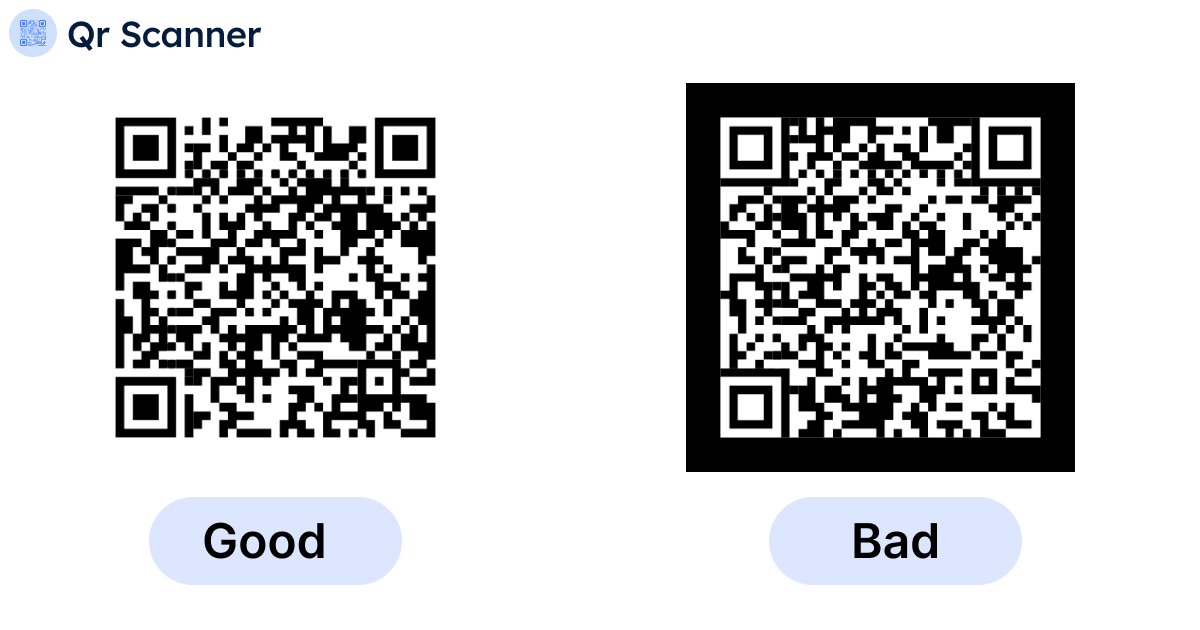
QR codes work by using black dots to represent data. Their specific size and arrangement determine what the data is. When you invert the colors, the white spaces become black and vice versa.
This means that most QR scanners will read the data wrong. So, as much as it fits the design, make sure that any QR codes you use are not inverted. This will ensure that most QR scanner tools and apps can read them.
2. Poor Image Quality of QR Code
If you are going to print out your QR codes on a poster, flex, or just a brochure, ensure that the image of the QR code is high quality. Things that can affect the quality of an image are listed below.
- Image resolution
- Contrast between dark and white areas of the code
- Image sharpness
A bad image is difficult to recognize, so QR scanners often fail to recognize it. Even if they do recognize it, there will be errors in the data, which might make them unusable.
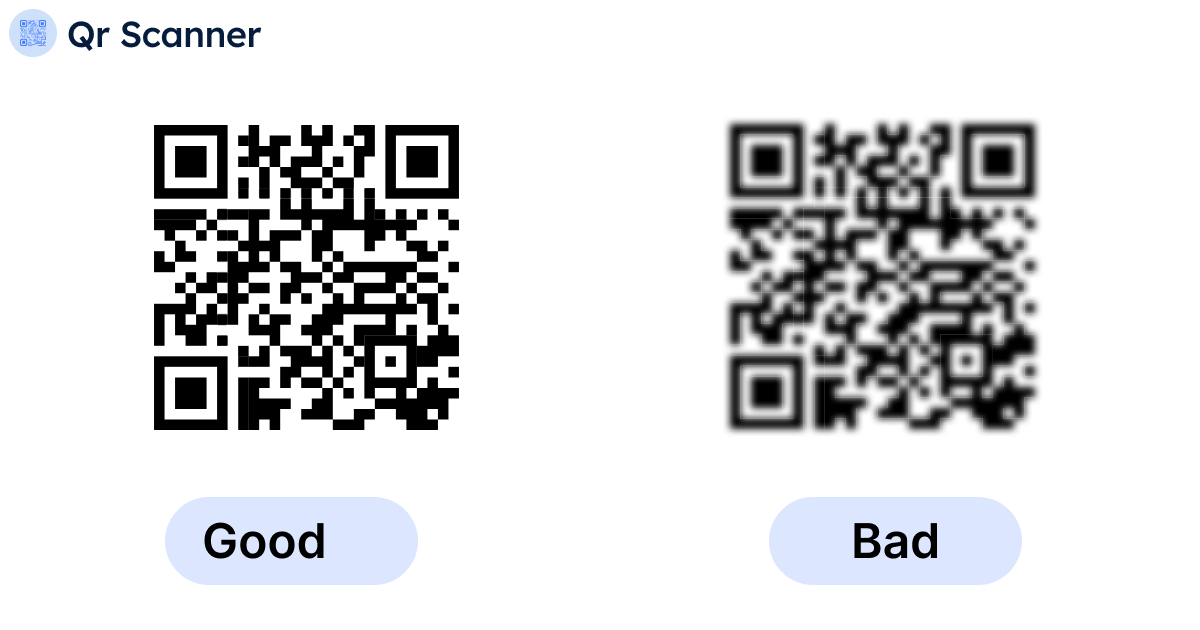
A high-resolution image will result in a sharp image. A higher resolution also means that you can print a bigger image without losing any detail.
The better the contrast is, the easier it will be for a QR scanner to make out the data bits on the QR code. So, ensure that the image is of high quality anytime you use a QR code.
3. QR Code is Expired
Sometimes, a QR code won’t work because the URL, webpage, or file behind the QR code is not working anymore. This is known as the “expiry” of the QR code.
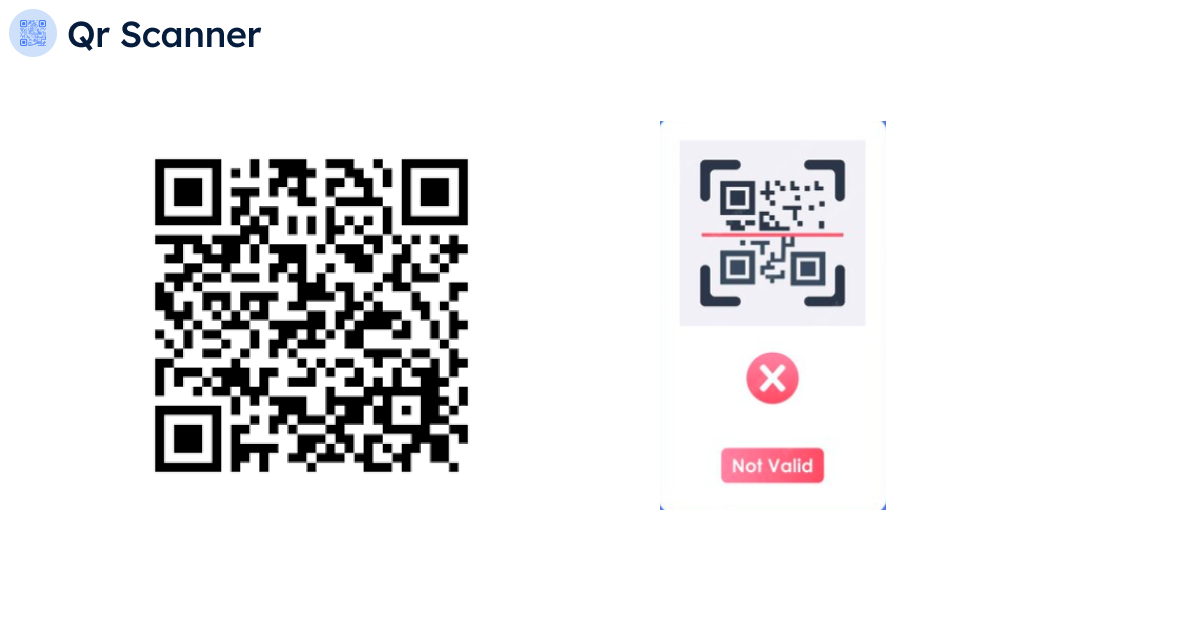
This only happens with static QR codes whose contents cannot be changed. Expired QR codes will return an error when you scan them. The error depends on the type of information stored in the code.
For example, if the code holds a URL, your device will try to open that URL, but your browser will return an error that says “URL not found.”
QR codes can expire by mistake, so always test your codes before deploying them; otherwise, whatever you try to do with QR codes will fail.
4. Incorrect Size
QR codes normally don’t have a size requirement. As long as they are visible and accessible, they work fine. However, size becomes a consideration in some situations.
- If the QR code is placed really high up and far away, it needs to be large enough to be scanned from a distance.
- If the QR is smaller than 2 x 2 inches, then it is too small to be recognized by scanners.
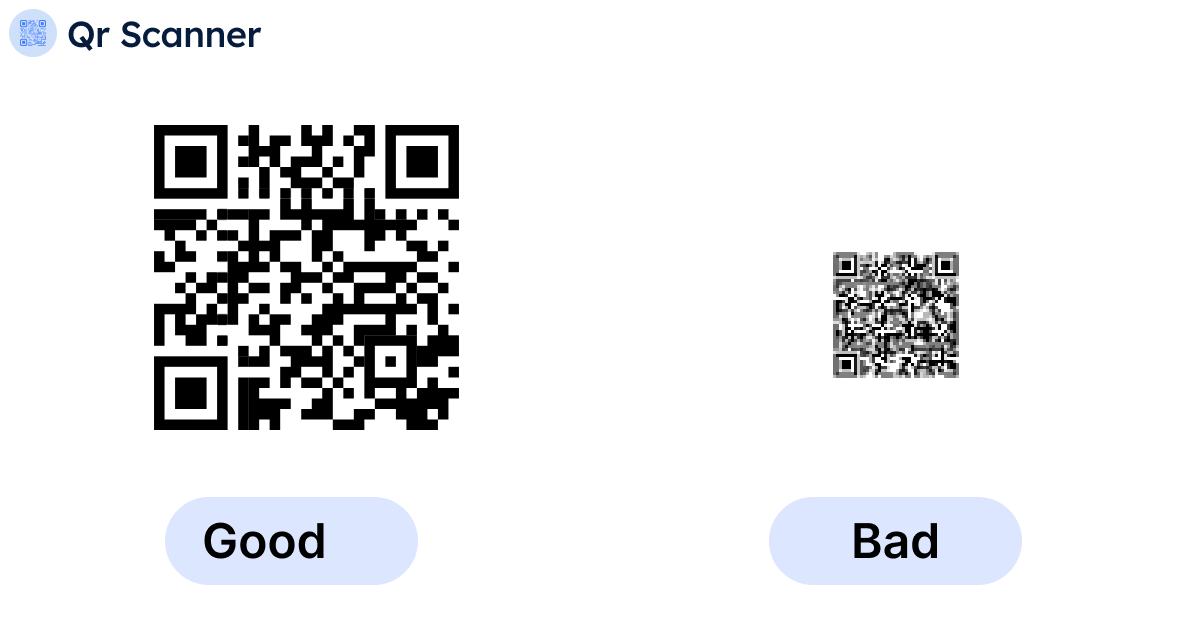
An example of the former is a QR code placed on a billboard, while an example of the latter is a QR code on a web page or a business card. To save space, one might print a small QR code, but the problem with that is the resolution and clarity become muddled. As a result, scanners cannot interpret the code properly.
The same thing happens when a QR code is placed very far away and not big enough to be made out properly.
5. Damaged QR Code
Another reason why your QR code may not be scannable is damage. Physical QR codes can become damaged by weathering effects or other reasons.
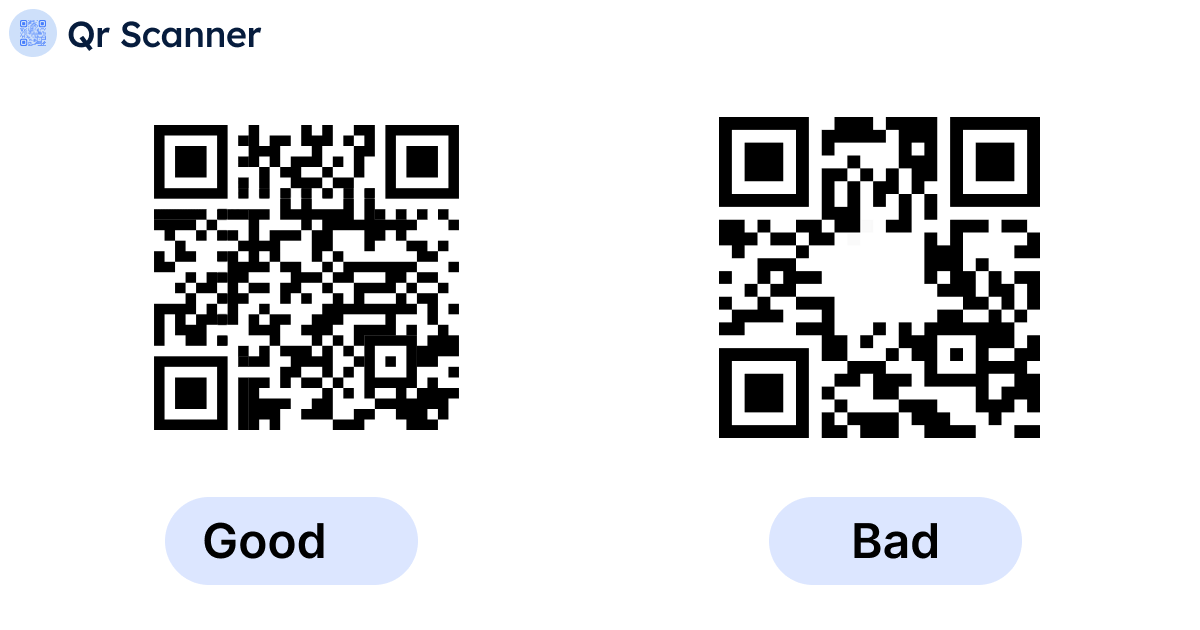
For example, if you placed a poster with a QR code in a school corridor on a soft board, it would be touched and examined by many students. Over time, it could rip or fade and become unrecognizable to QR scanners.
To avoid this, you need to laminate your posters or put them up behind a layer of glass. That way, you can reduce weathering and other damaging effects. This will improve your QR code's physical lifespan
6. Damage or Incompatibility with 3rd Party Apps
QR scanners come in many shapes and sizes. Most people only really know about one QR scanner, and that’s the one that comes built into their phone.
However, dedicated scanners like those you would find in a superstore also exist. Aside from those, apps and online tools that can scan QR codes on your screen are also an option.
When you are creating QR codes, it is important to test them with as many 3rd party tools as possible. This way, you can identify whether or not your custom QR codes are scannable or not.
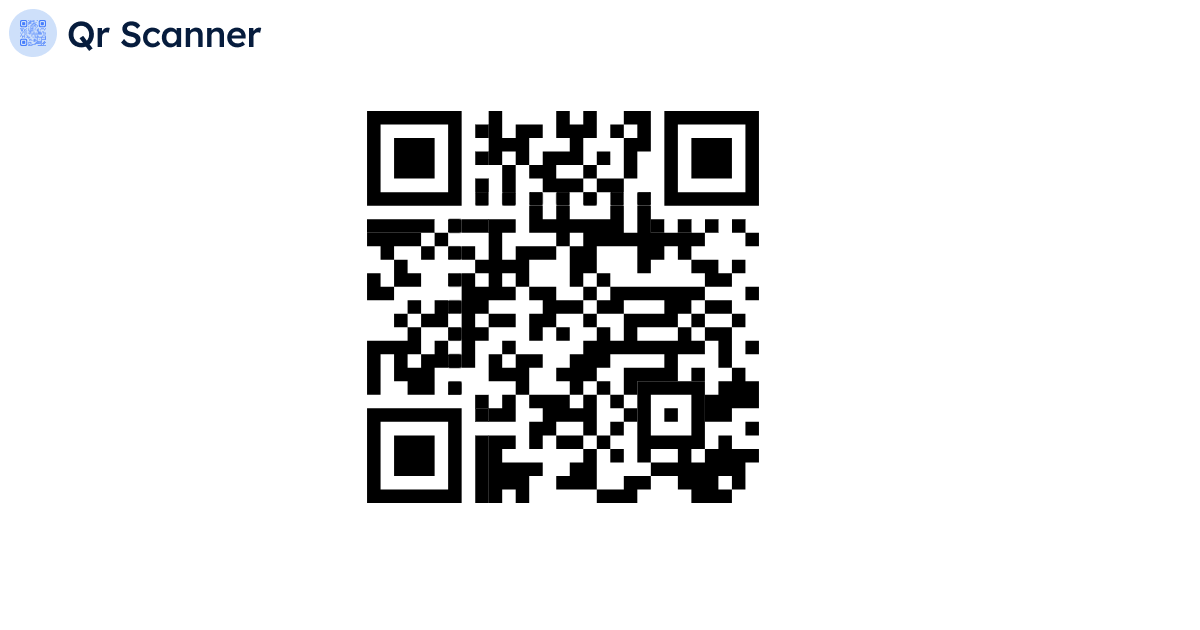
Some apps and tools are very rudimentary. They can only scan basic QR codes with no extra bells and whistles. So they are unable to scan QR codes that have your insignia/logo and different coloring.
Damaged scanners can also result in an inability to scan QR codes properly. Problems in your camera or scanner can result in issues with scanning QR codes. So, ensure that you are using a proper scanner.
7. Bad QR Code Placement
Sometimes, the reason a QR code can’t be scanned is not related to a technical fault. It can be something as simple as bad placement. For example, a physical QR code can be placed too high. So, most people can’t bring their phones close enough to scan them.
Another example of bad QR placement is on a highway. You can’t expect people to stop driving, get out of their car, and then scan the code. So, realistically, that QR code is unscannable.
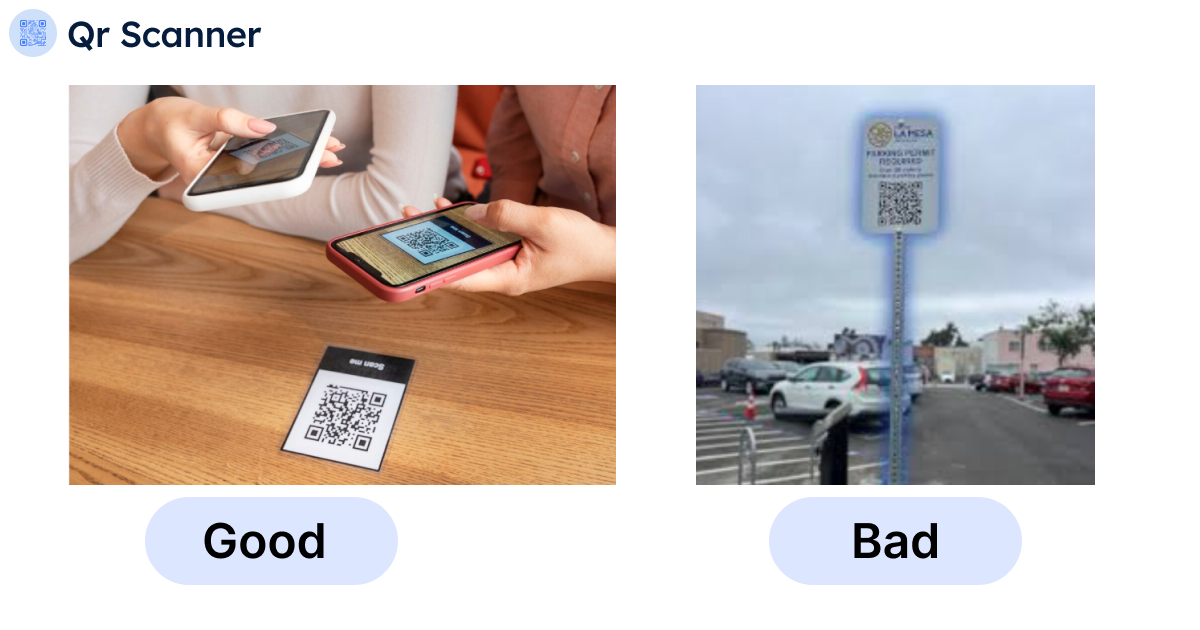
In a digital environment, QR codes that are placed in a popup or a bar can be small enough to become unscannable. Those are bad placement areas because they force a compromise on the size of the QR code.
So, always think about the user experience when deciding on QR code placement because that will determine whether that code gets scanned or not.
Conclusion
So, there you have it: seven reasons why QR codes may not work. If you remain prudent and take action beforehand, you can deal with most QR code failures before they occur. However, some reasons are beyond your control, so it is best not to worry about them too much. Just provide troubleshooting tips to help your clients along and provide an alternative to a QR code to avoid leaving out any customers.
Related Blogs
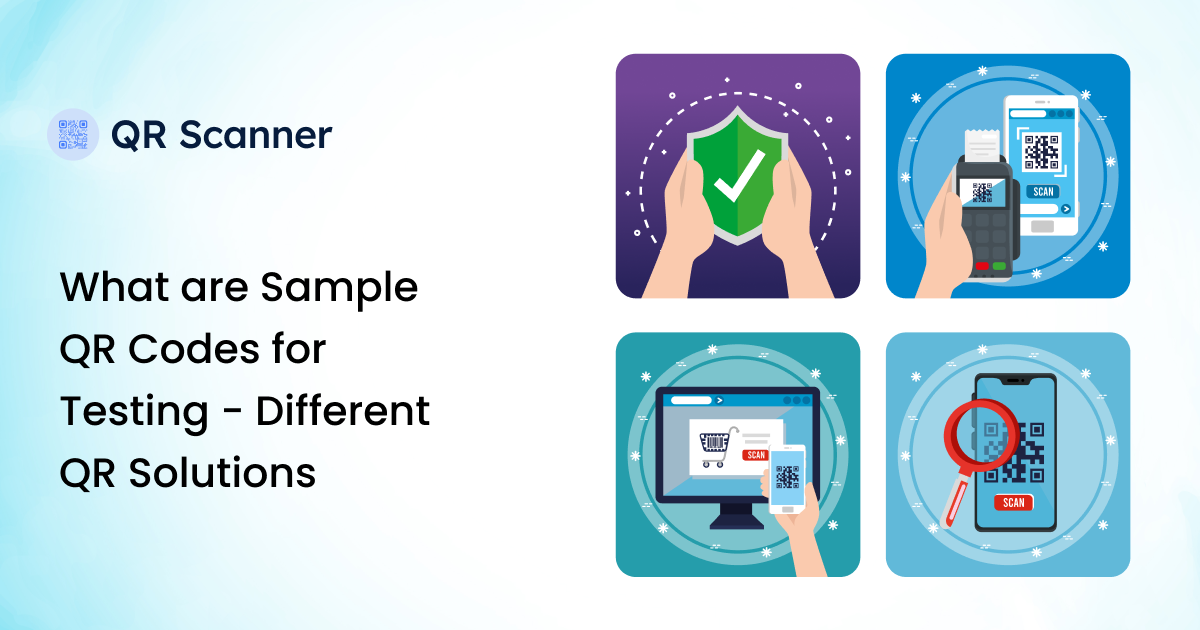
What are Sample QR Codes for Testing - Different QR Solutions
Learn about what are Sample QR Codes for Testing - Different QR Solutions
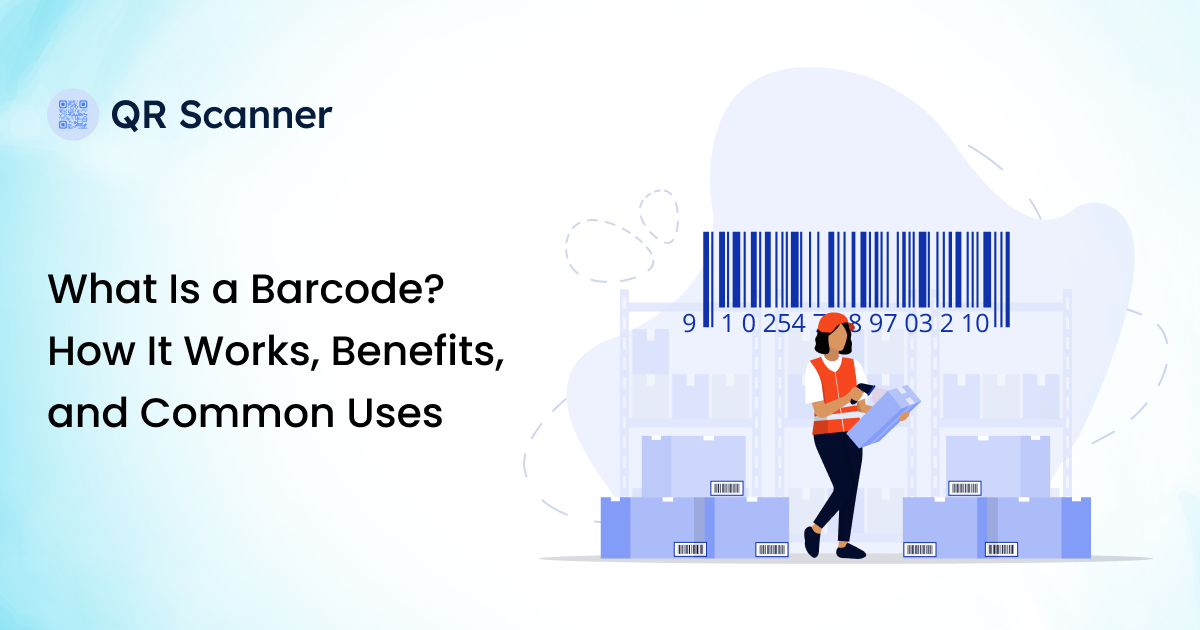
What Is a Barcode? How It Works, Benefits, and Common Uses
What Is a Barcode? How It Works, Benefits, and Common Uses

5 QR Code Tactics for Maximizing Marketing Engagement
Follow these five powerful QR code tactics to Boost your marketing engagement